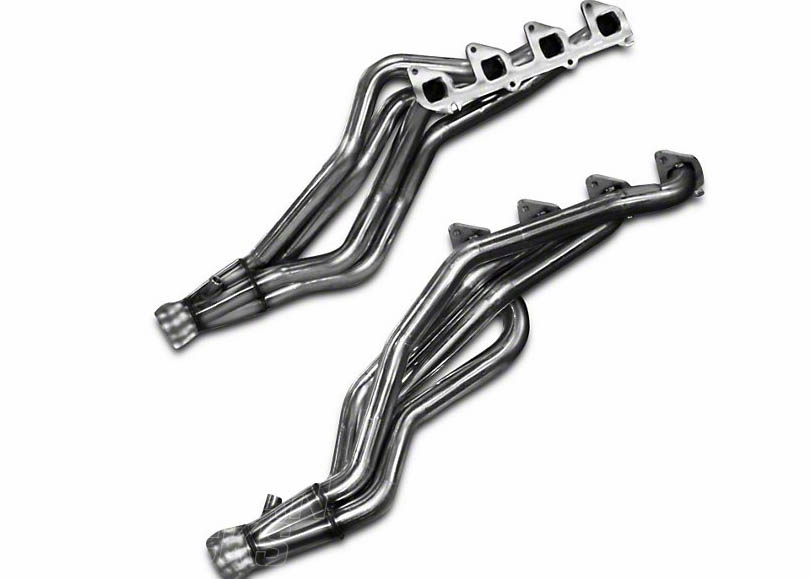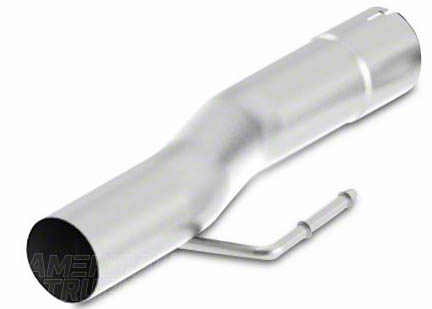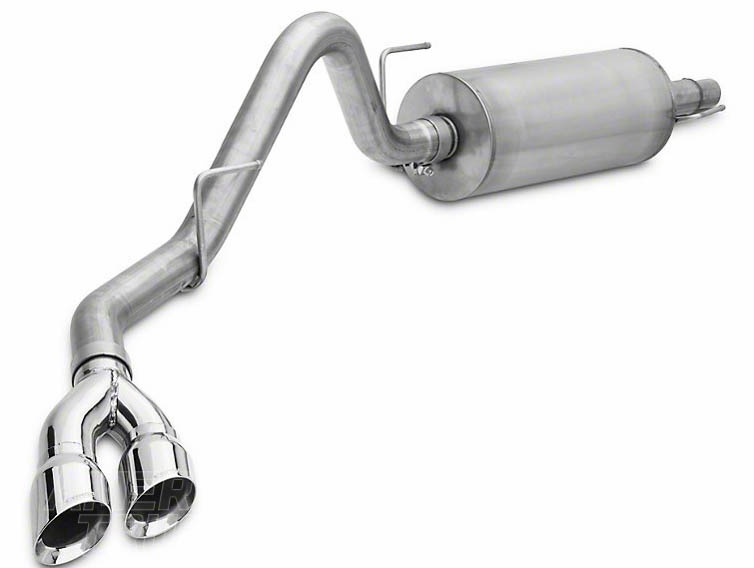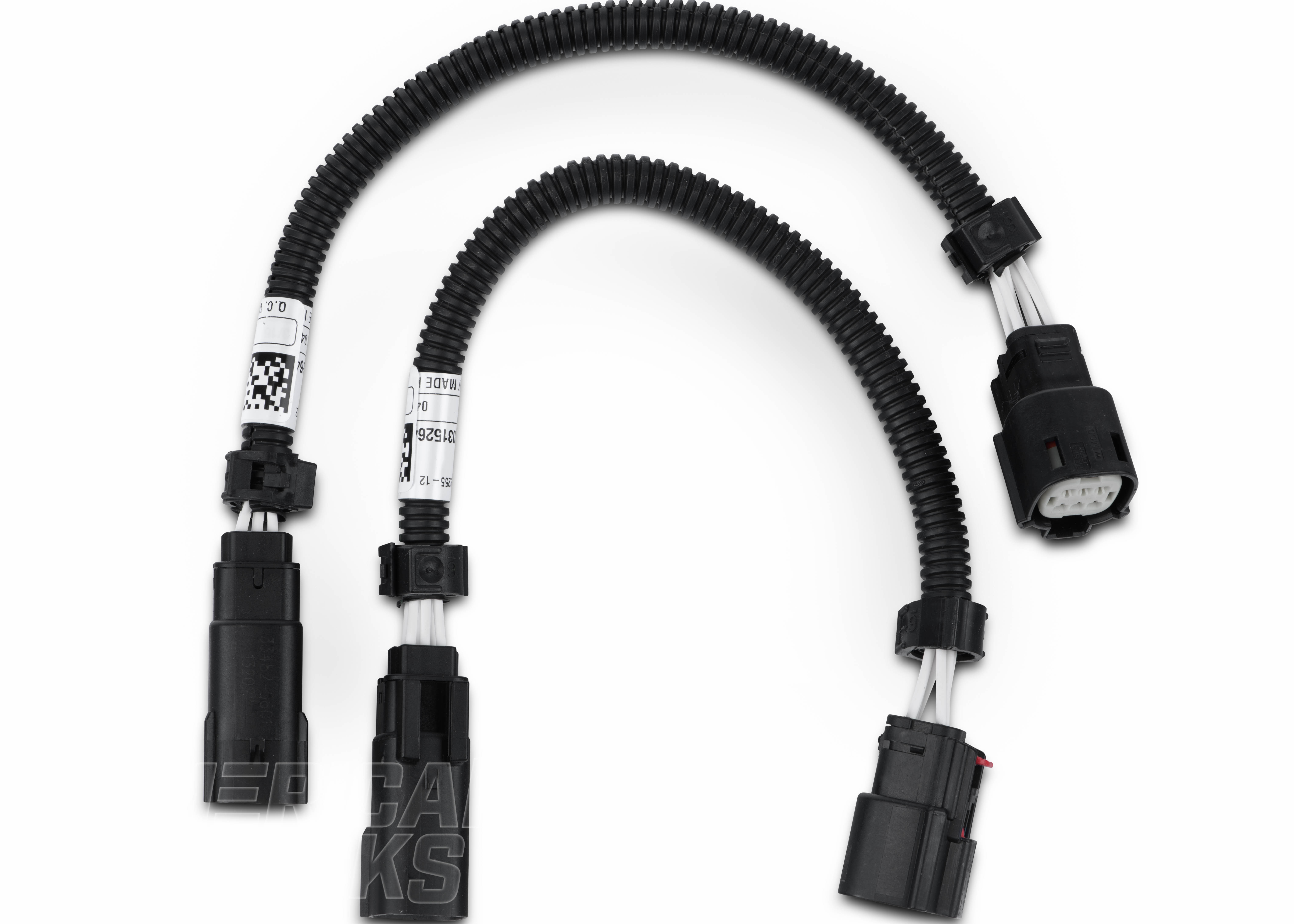Regardless of your engine size, the exhaust system on your F-150 is one of the most noticeable parts of your whole truck. An early upgrade for many F-150 owners, the exhaust system dictates the sound profile of your truck as well as the performance. This guide will go over everything you need to know about your F-150’s exhaust system, from front to back and everything in between.
Contents
- What is an F-150 Exhaust System & What Does it Do?
- The Start of The System: F-150 Headers Explained
- Bridging The Gap: Ford F-150 Mid-Pipes Overview
- Making An Impact: F-150 Cat-Backs Explained
- The Finishing Touch: Axle-Backs Explained
- Turbo Power: What are EcoBoost F-150 Downpipes & What Do They Do?
- Filtering Out Pollution: Catalytic Converter Rundown
- Verifying Emissions: O2 Plugs
- Exhaust Materials
- Do I Need to Tune My F-150 if I Upgrade the Exhaust System?
Shop F150 Exhaust
Upgrade your F-150's sound to get the roar that will turn heads.Choose your perfect match of headers, mid-pipes, and accessories for the best sound and high performance you have been dreaming of.






